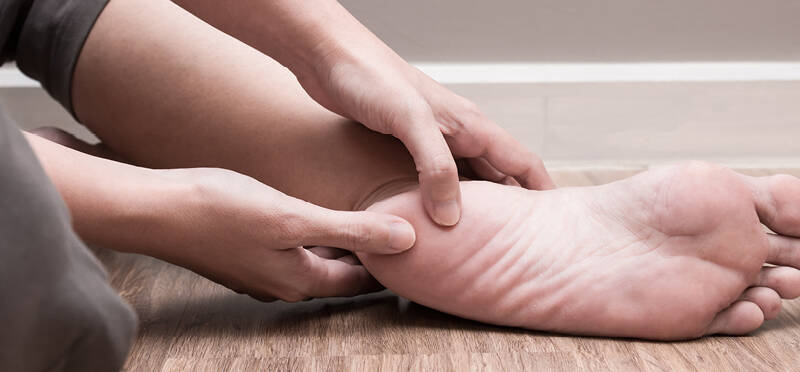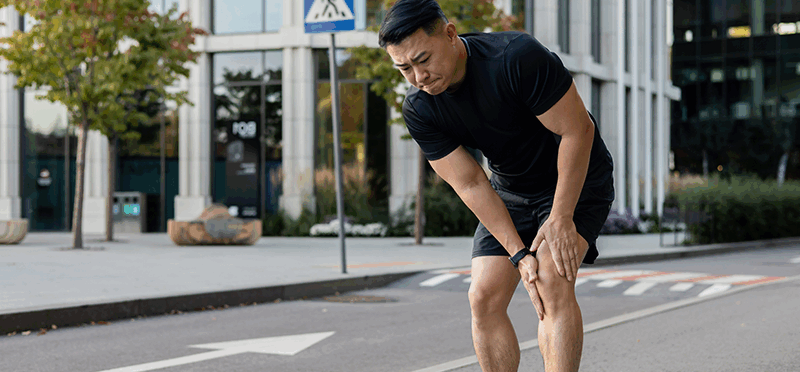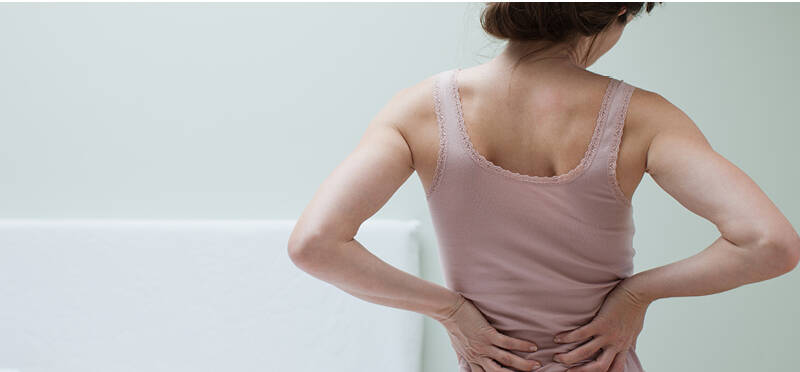ACL Injuries and Return to High-Level Basketball
Posted on June 7, 2012 by Athletico
Editor’s Note: Today’s post is written by Jeff Stein, PT, DPT, MS, ATC, who is the team physical therapist for...
(more…)








